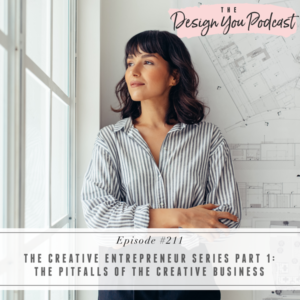
I want you to contemplate the possibility of taking a month off from your business. What thoughts come up for you? Does it seem totally impossible? Does it sound nice but would never actually happen? Does it seem like something you say you’ll do but then during the month, would you let work creep in?
Being a creative entrepreneur takes an extraordinary amount of mental energy and stamina, and to be successful it takes a tremendous amount of thought awareness and mind management. Giving yourself the space to allow your creativity to flow can be difficult, so this week, we’re kicking off our third series of the year: The Creative Entrepreneur Series.
In this episode, we’re digging into what a creative entrepreneur is, what it means for your business, and how to use this to create the life and business you dream about. I’m sharing some common pitfalls experienced by small businesses and entrepreneurs, and some ways you can think differently about your business that will change everything for the better. Are you ready to thrive, creative friends?
Do you need help getting those creative juices flowing in your business? Would you like to work with me in person? Come and join us at Tobi’s Think Tank, a two-day mastermind for creative entrepreneurs. DM me on Instagram or email us for more information about the think tank. I can’t wait to hear from you!





